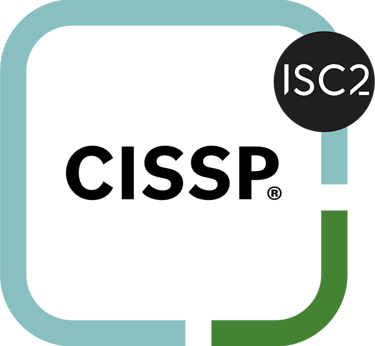For a limited time only - Free 2hr taster sessions on Storytelling with Impact
Anticipate | Adapt | Lead
Emerging Risks [and opportunities] Management
Emerging risk management is a strategic discipline concerned with identifying and responding to risks and opportunities that are not yet fully formed or widely recognised.
Ascent5’s model equips leaders to embed emerging risk and opportunity management into core strategy - linking foresight, testing & simulation, and strategic choice, to strengthen organisational resilience as internal and external conditions evolve.

1. Strategic Integration
Emerging risk management begins with strategy design. It requires leaders to build adaptability into the organisation’s core architecture - treating strategy as a living system rather than a fixed plan. Governance, investment priorities, and decision processes must all accommodate uncertainty and learning. This alignment ensures that sensing, analysis, and response are not isolated activities but integral to how the organisation defines and pursues its long-term goals.
2. Horizon Scanning and Strategic Sensing
Systematic scanning identifies weak signals of change across political, economic, social, technological, legal, and environmental domains (PESTLE). The goal is not prediction but awareness—spotting early indicators that may reshape markets, operations, or stakeholder expectations. Insights are drawn from diverse sources: policy movements, academic research, technological frontiers, customer behaviour, and competitor shifts. Patterns are assessed collectively to surface emerging themes that warrant deeper exploration or scenario testing.
3. Qualification and Quantification of Emerging Risks
Once signals are spotted, they must be tested. This phase translates qualitative foresight into actionable intelligence.
Use war gaming, simulation, and AI-enabled Monte Carlo modelling to explore the possible trajectories and probabilities of each risk. This helps stress-test strategic options and reveal systemic interdependencies that linear models miss.
Quantification is less about predicting the future with precision and more about mapping the shape of uncertainty - its velocity, contagion pathways, and potential to amplify across functions, markets, or geographies..
4. Strategic Response and Decision Pathways
From these insights, leadership must make deliberate choices about how to engage with each emerging risk or opportunity. Four strategic pathways typically present themselves:
Acceptance: Where the exposure is tolerable or manageable through resilience capacity.
Pivot: Adjusting course to reduce exposure or capture an adjacent opportunity.
Divergence: Creating new value streams or models that bypass the emerging risk entirely.
Founders’ Mentality: Refocusing on the core - simplifying, concentrating resources, and reducing complexity to weather disruption.


5. Reinforcement through Continuity, Security, and Assurance Systems
Even the most agile strategy needs reinforcement. This includes:
Business Continuity and Crisis Management (e.g. ISO 22301) to ensure operational survival and recovery,
Enterprise and Corporate Security to protect people, physical, digital, and reputational assets.
Quality and Assurance Systems (e.g. ISO 9001) to sustain trust and performance integrity during disruption, and support continuous improvement
Together, these reinforce the capability to anticipate, adapt, and lead - not as an emergency reflex, but as an embedded organisational competence.


Contact Ascent5 Today
Empower your business for future success.






© 2025. All rights reserved.
